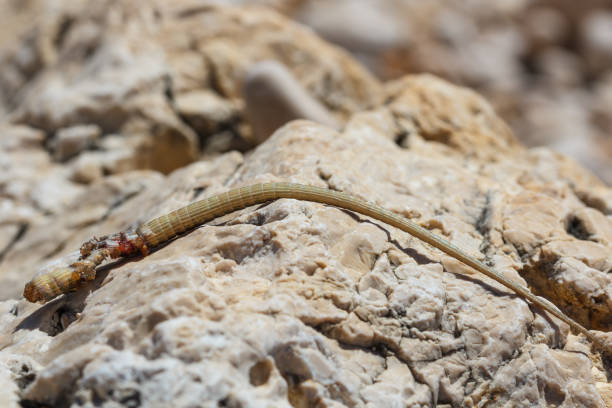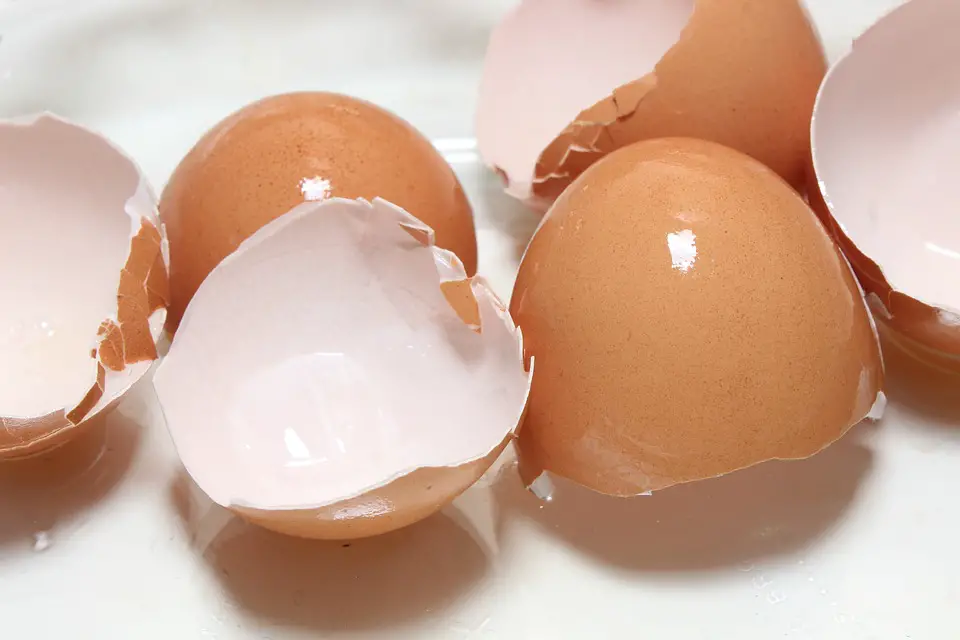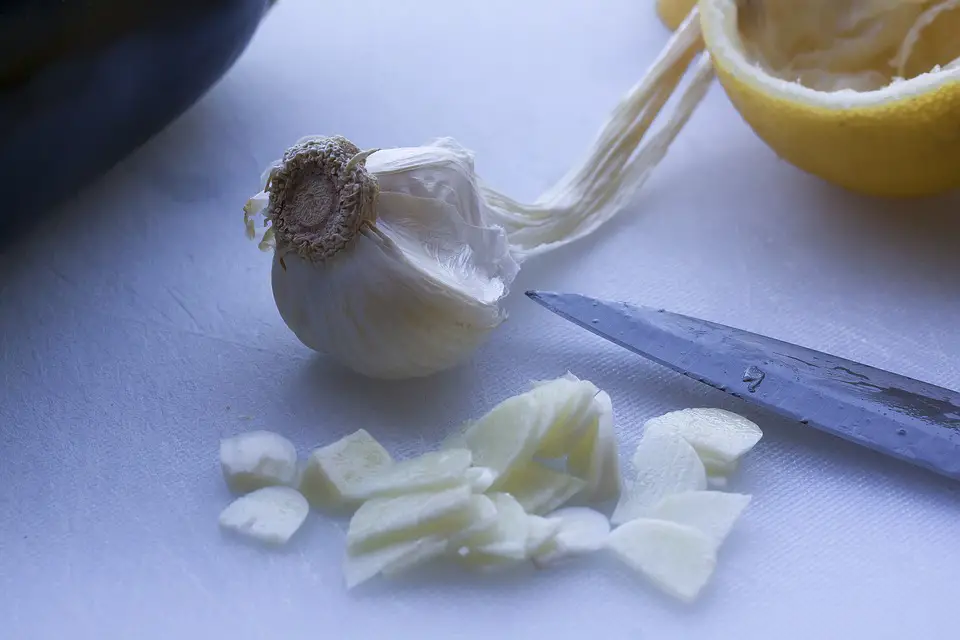Geckos are by far the most popular reptiles to be kept as pets. However, they happen to come to your home uninvited sometimes. When this happens, it is honorable to figure out how to catch a gecko inside the house safely.
This article shall discuss in-depth common house gecko facts to help you decide if you will keep the gecko or get rid of it to the wild safely.
In this article
Are geckos harmful?
Geckos are non-venomous and generally not harmful to man. Most geckos are nocturnal, hiding for a larger part of the day but come out at night to catch insects. However, like most reptiles, geckos can be a carrier of diseases.
On the journey about how to get rid of house geckos, it is vital to choose a safe method by answering some questions, including; Do house geckos bite humans? What happens if a gecko bites you?
Let us get the details first. What are the standard house gecko facts?
Common house gecko facts
Where to find geckos
- Common house geckos originate from southeast Asia and the Indo-Australian Archipelago. However, they have now spread all over the world due to introductions and even migrations.
- These house geckos prefer to live in urban environments, in close proximity to city bounds and villages. However, they can also be found in woodlands, rainforests, open fields, and savannas underneath rocks or rotting logs.
Habit and lifestyle.
- Common house geckos are harmless but may bite if distressed; however, their bite is gentle and will not pierce the skin.
- Common house geckos are solitary and territorial reptiles.
Communication
- The geckos communicate with a series of distinct communication calls.
- The long chirp may be heard when aggressive males encounter.
- Single chirp is generally associated with distress within the animal.
- The most common call is multiple chirps, which is an agonistic and territorial defense.
Nutrition
- Common house geckos are primarily carnivores/insectivores. This explains why they will follow cockroaches, termites, bee, wasps, butterflies, moths, flies, spiders, and beetle to your homestead.
The 15 Best Tropical Fish for Beginners If you are thinking about getting a pet fish, it does not have to be a confusing experience.
Signs You Have Geckos in the House
It’s important to identify a problem before you start the solution. This way, you can get the job done right the first time. The following steps will help guide on how to identify a house gecko presence:

- Discovery of a tail or tails. Geckos are known to drop their tails for various reasons. The most common reasons are; flight from a predator and a fight among themselves. If you find a tail in your house, it is likely to be that of a gecko if not some other lizard.
- Traces of skin. When geckos shed their skin, you will most likely find it left behind. Once you discover skin that looks like that of a lizard or gecko, keep a close watch.
- Hearing uncommon chirping sounds. In the silence of the night, you might hear the geckos chirping as they communicate and inspect their new habitat.
- Trails of Food Debris. You may sight footprints and broken grains around your storage marking gecko presence as they seek to find food.
What to do if there is a gecko in your room?
We will not give a tutorial on how to catch a gecko with your hands. If geckos bother you, then you must be afraid of them for whatever reason.

To learn how to get rid of house gecko, we will list the safe process of tracing it, capturing, or even leading it out to the wild. Because of their solitary nature, geckos will run away into hiding when confronted. Our first hurdle will be to find where they could be hiding.
Where would a gecko hide in a house?
Geckos are nocturnal and terrestrial species. This means they will be hiding in dark, tight, and safe spots in your house. Priority areas will be along the floor under a carpet edge and behind and under your furniture.
However, depending on the gecko size and the amount of stuff lying in your house, do not be surprised to find the gecko in your shoes, packaging boxes, behind wall hangings, and clocks.
How do you lure a leopard gecko out of hiding?

Baited bottle trap for geckos
- Geckos can crawl into bottles but can’t crawl out.
- Put little cut pieces of an apple or a banana (whatever sweet fruit or juice will attract them inside).
- Strategically position the baited bottle to the proximity of the gecko’s hiding place.
- Leave the baited bottle overnight.
- First thing n the morning, if geckos are caught, take the bottle away to an appropriate release place (far away from your house so they don’t return).
- Briefly fill with a little water to make it slippery and pour out. The gecko will run away to a new outdoor home.
Lower the room temperature
Unlike mammals, geckos cannot regulate their body temperature. To make geckos uncomfortable in their hiding place, you’ll need to turn up the air-conditioning and keep the room chilly, about 22 degrees centigrade, at least.
If you are not afraid to ramp up your electricity bill to have the geckos out, then this is the way to go.
Use of Eggshells
Why are geckos scared of eggshells? Like many of us, geckos dislike the smell that comes from raw eggs. After enjoying your scrambled eggs, leave the shells in the proximity of the geckos’ hiding place or where they frequent.

That will be the last night you hear their chirps. However, be sure to remove the eggshells the next morning to avoid bacterial infections. You will be worse off with a disease than a gecko in your house.
Mosquito repellent liquid spray
Is there a lizard repellent? Yes, but not exactly the case in your local store. However, we can improvise other repellents available in a store near you.
The use of a mosquito repellent is an easy solution that will ‘kill two birds with one stone.’ Kills mosquitos and dispels geckos away. Spray the repellent where the geckos frequent or directly at their hiding place if you have tracked them down.
There are two reasons why the geckos will get out of their hiding place and run.
- They dislike the smell the comes with the repellent.
- As you may already be aware, geckos feed on mosquitos. Therefore, if you eliminate mosquitos, the geckos will lack food and go elsewhere to search for an alternative. Hopefully, not at your house again.
Keep proper hygiene around the kitchen.

Make sure to give attention to the cabinets under the sink. Because of the sink and often leakage in most homes, not much cleaning goes on here. The cabinet is rarely accessed and thus creating a conducive place for geckos to hide.
Apart from this, the cabinet under the sink is usually damp and warm. This condition makes an ideal place for geckos to lay eggs. Any leakage gives enough water supply to the geckos, making it a heaven for them.
However, general cleaning of any food particles that can attract all sorts of insects is essential. Insects are food to geckos, and they will always follow their food. With a clean kitchen, no insects will attract geckos to your home. Consider purchasing this odor-free, top-rated bug killer that is a real home defender.
Use cut garlic
What smell do lizards hate? The scent from cut garlic will be bad news to geckos. Geckos dislike it.

Cut the garlic into small pieces to get the scent out and position it at the geckos’ likely hang-out areas. To make it even more effective, you may use a fan next to the cut pieces to spread the scent further and more effectively.
Glue trap for geckos to catch a gecko inside the house
Glue traps work not only for geckos but for any other ordinary household bugs and insects.
Once the gecko steps on the glue trap, it will remain stuck until helped out. This highly rated, top-seller glue trap can be effective for up to a period of one year.
To encourage safe release to the wild, one will wonder, how do you get a gecko off a glue trap? Take the below steps to free the trapped gecko.
- If planning to reuse the cardboard, cut the cardboard of the glue trap just around the gecko.
- Place portions of the geckos’ glued body in moderately warm but avoid getting its head wet. This process will make it easy to separate from the glue.
- Safely release the gecko to the wild when free. You can opt to carry out this procedure outside so that you don’t have to wonder about the means of transporting the gecko outside after its freedom.
Consider naphthalene balls with caution.
Naphthalene balls should be your last choice due to the potential risks it poses. It will not be safe to use it if you have young children or pets likely to ingest it. Nausea and vomiting are common symptoms of ingestion.
The procedure of use is to carefully position it where the geckos will encounter the naphthalene balls. Not only geckos but many other bugs will be driven away by naphthalene balls.
Conclusion.
Are you now equipped with knowledge on how to catch a gecko inside the house?
We believe this article has provided answers to readers who were asking either; Are geckos in the house dangerous? or Is a gecko in the house good luck?
If you have now learned how to catch a gecko inside the house and keep them, then well, welcome to the reptile world. However, if you will consider sending it away, please find out how to get a gecko out of your house safely. Our article here will shed light on how to get rid of reptiles at home.


I LikeGecko
Asian Geckos in Australia are not repelled by naphthalene balls to any great extent. I had a Gecko living in my electricity meter box so put naphthalene balls in there to drive it away. Unfortunately, although the smell of the balls was strong when the meter box was opened, the Gecko still lived there happily.
continuously i used to read smaller articles or reviews that also clear their motive, and that is also happening with this piece of writing which I am reading now.
Finally a way to catch geckos. I’m on a tropical vacation and there’s a ton of them that I want to hold and love.